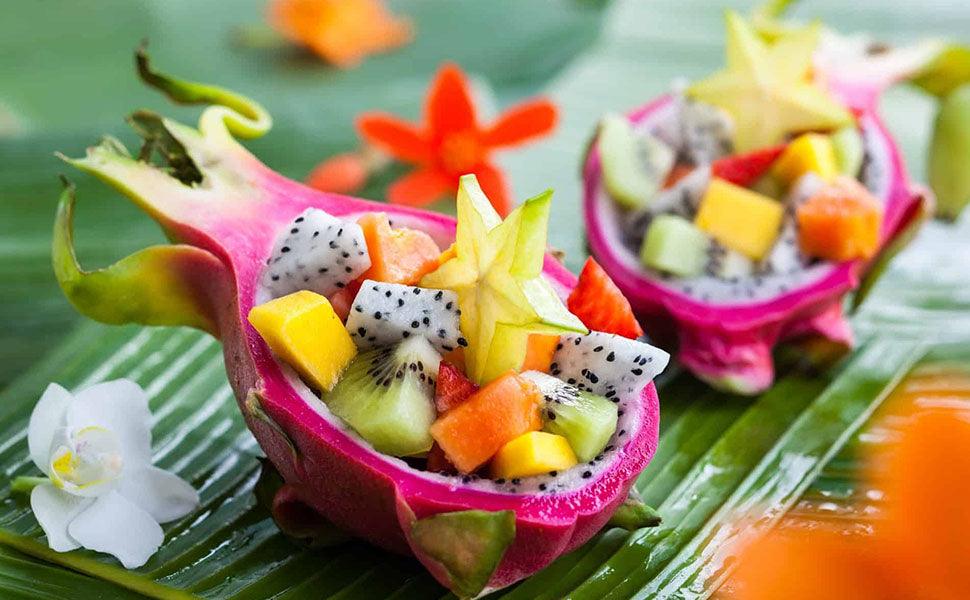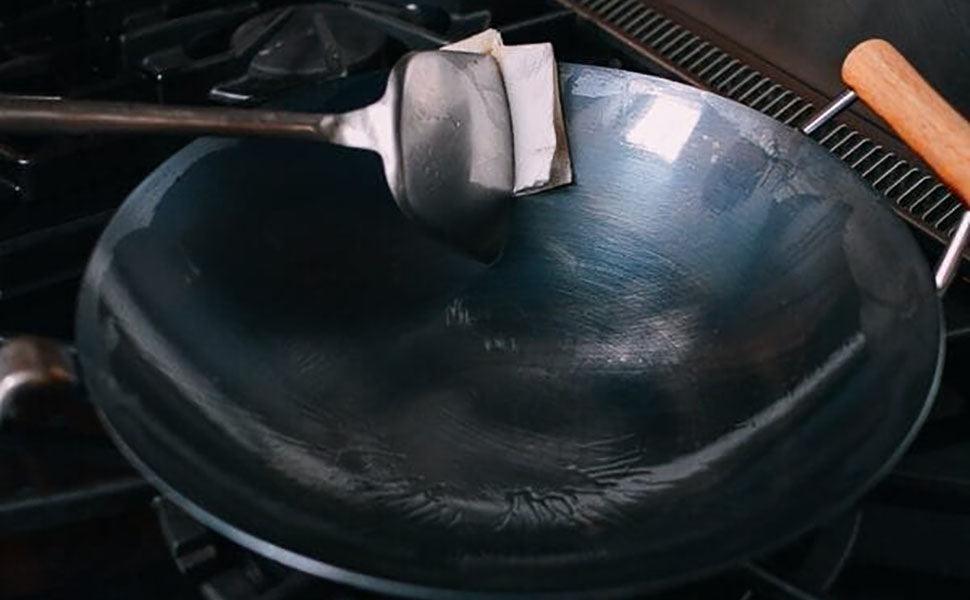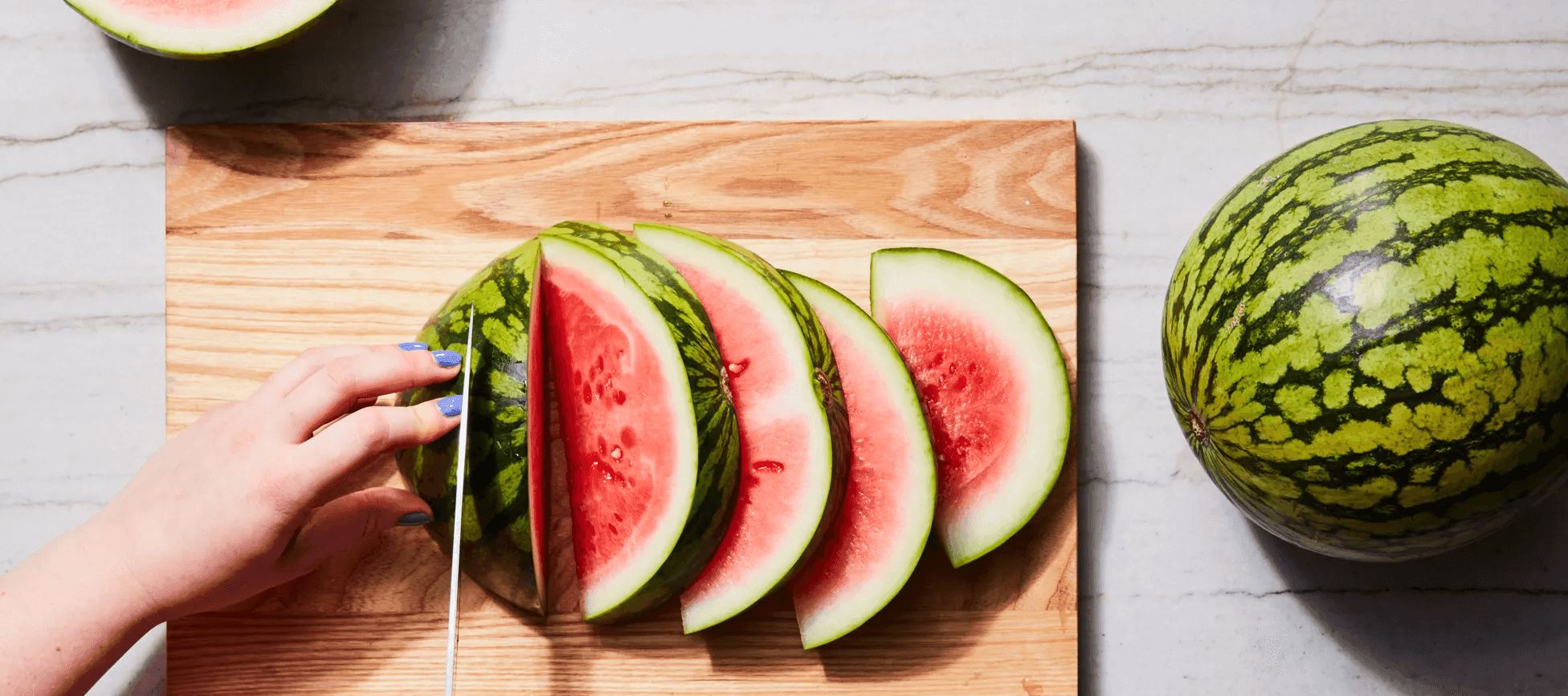TABLE OF CONTENTS
A beautiful tropical delicacy with moderately sweet flesh and a vitamin powerhouse, dragon fruit is also known as a pitaya or a strawberry pear. Seeing this fruit chopped up in a smoothie bowl or on offer at the supermarket will undoubtedly attract your attention. If you've never had one, it could seem frightening due to its appearance, but don't let this stop you from trying it. This fruit is exquisite inside and out, so it is a tasty addition to dishes or is wonderful if eaten straight up.
Although this fruit is at its ripest in the summertime and early fall, you can find it almost all year long because of varied growing regions and off-season manufacturing methods. Learn about the various species of dragon fruit, its health advantages, how to slice and eat it, and the best ways to store it.

What is Dragon Fruit?
Dragon fruit is one of the most delicious fruits out there produced on the Hylocereus climbing cactus, which can be found all over the world in tropical climates. Its Greek word "hyle," which implies "woody," and also the Latin phrase "cereus," which implies "waxen," are the origins of the plant's name.
The term "dragon fruit" refers to the fruit's sharp scales, which resemble a dragon. The plant often referred to as the moonlight cactus, is a Selenicereus cactus that is indigenous to Mexico, Central America, and South America. The huge, night-blooming flowers of the plants—which frequently only persist for one night and are fertilized by moths—are known as "moonlight."
Each fruit starts out as a flower that blooms just once in the dark. Although you've probably seen dragonfruit that's hot pink on the outside with white flesh inside, this fruit actually comes in a spectrum of colours, including pink on the outside and inside, yellow on the outside and white on the inside and white on the outside and inside. All have tiny, edible black seeds like kiwi seeds.
Today, however, the fruit is mostly associated with Asia. This is because the French brought the fruit to Vietnam in the early 1800s, and it remains the leading exporter of dragon fruit.
What Are the Different Varieties of Dragon Fruit?
With plants growing in different parts of the world, this fruit comes in a whole range of varieties, mainly :
- Hylocereus megalanthus: Also known as pitaya Amarilla, this variety is found in South America and comes with a white pulp, black seeds and yellow skin.
- Hylocereus costaricensis: Commonly called pitaya Roja, or Costa Rican Pitaya, this one's native to Costa Rica. While the pulp is red, this variety features red or pink skin with black, pear-shaped seeds.
- Hylocereus undatus: Also termed pitaya Blanca, it sports a bright red or pink exterior with black seeds and white pulp.
- Hylocereus polyrhizus: Native to Mexico, this variety is also known as Red Pitaya and flaunts a bright red flesh housed by pink skin.

What Are the Nutrition Facts of Dragon Fruit?
As observed by the U.S. Department of Agriculture, this nutritious fruit boasts a spectrum of vitamins and minerals. Those who are looking to reduce their calorie consumption and want to work on their waistline would be delighted with the fact that 100 grams of dragonfruit contain just a matter of 60 calories. Those little bite-sized cubes contain 2.9 g of fibre per 100-gram serving. The other major nutrients found in the same quantity include 18 milligrams of calcium; 59 international units of vitamin A; 2.5 mg of vitamin C; 40 mg of magnesium; 1.18 g of protein, and 0.74 mg of iron.

What Are the Health Benefits of Dragon Fruit?
It probably goes without saying that regularly consuming this fruit will improve your health and wellbeing because it is packed with vitamins, nutrients, and antioxidants that may help prevent disease.
Enhances Heart and Vascular Health
If you want to boost your heart health and possibly lower the risk of heart attack or stroke, dragonfruit may be the ideal food for you. Consuming the fruit may help lower LDL "bad" cholesterol levels due to its antioxidant content as well as the fact that its edible seeds give your body omega-3 & omega-6 fatty acids. The reduction of artery plaque with improved cholesterol encourages healthy blood flow.
Promotes the Immune System
Vitamin C, which is present in this fruit, helps strengthen your immune system and protect your body from free radicals and foreign invaders like germs and bacteria. In the body, free radicals are highly reactive atoms that can harm cells.
Blood Sugar is Reduced
In addition to helping persons experiencing type 2 diabetes lose weight and feel fuller for longer, the fruit's fibre can also assist in maintaining healthy blood sugar levels.
Promotes Skin Health
Eating this fruit is also good for your skin. Age marks, creases, dry skin, or acne can all be lessened. The fruit's vitamin C & antioxidants may have skin advantages by mending cell damage and giving skin more youthfulness.
Reduces Inflammation
Eating it may reduce inflammation and soreness if you experience persistent pain from diseases like rheumatoid arthritis. Even if it doesn't entirely get rid of chronic pain, it might lessen how bad it is, giving you an improved way of life.
Fights Anemia During Pregnancy
Premature labour, miscarriages, low birth weight, and infant mortality are all related to anaemia during pregnancy. Red dragonfruit juice, according to researchers, maybe another option for treating anaemia during pregnancy.

Are There Known Side Effects of Dragon Fruit?
While this fruit is generally quite safe for consumption, some may experience an allergic reaction to the fruit in rare cases, depending on their specific health history. The allergy symptoms may include swollen lips and tongue, burning sensation or itchiness in the throat. It's an amazingly beneficial snack, but eating the fruit in excess quantities may lead to abdominal pain or cramps, bloating and indigestion.
What Does Dragon Fruit Taste Like?
This vibrant-hued fruit features a mildly sweet flavor that can also be described as a blend between the taste of a pear and a kiwi. The creamy flesh studded with tiny edible seeds has a texture very similar to a kiwi, while under-ripe ones don't really have a strong flavor. Sometimes, the taste of an unripe dragonfruit may not be as amazing as its external appeal.

How to Cut and Eat Dragon Fruit?
Preparing this fruit may not be too difficult, from cutting it into smaller pieces to bringing it to the brunch table for a nice treat.
Cutting the Fruit
There are mainly two ways to cut the fruit - removing the flesh and chopping it the way you like and dividing the fruit into quarters followed by peeling it.
Method 1: Remove the Flesh - Scooping out the fruit's flesh with a spatula, exactly like you would do with an avocado, is the easiest way to prepare it. The fruit should first be split in half; then, the flesh should be separated from the skin by running a spatula all around the edge of the flesh. After removing the flesh's protective shell, you can slice or chop it how you wish.
Method 2: Make Quarters and Peel - To begin, split the fruit to create two portions. Repeat these steps for every part until you have four quarters. Remove the skin first from the edge with your fingers. As desired, cut.
This Paring Knife 3.5" by Imarku is the perfect tool you need to chop that dragonfruit! The multi-purpose peeling knife is ideal for slicing, chopping, dicing and mincing almost all veggies and fruit while being so easy to operate due to its small size and a robust high-carbon stainless steel incredibly sharp blade. The Pakkawood knife handle makes sure your fingers don't feel numbness or fatigue even when you hold the knife continuously for longer time spans.
Ways to Eat Dragon Fruit
Although it can be conserved as a jam, this fruit is generally served raw, with seeds and all. Its tender, scoopable flesh begs to be blended and used in smoothies, sorbets, or mixed drinks. When cut up, it makes an eye-catching touch to a fresh fruit or yoghurt bowl. It also goes well with seafood; try it in salsa over mahi-mahi or cod with other tropical fruits.
Make a refreshing milkshake with it and other summertime fruits, and wow your guests with a dragon fruit colada, a unique beverage. Whenever you find kiwi, like in recipes for salads and margaritas, you may use it as a substitute. Browse our collection of Kiwi dishes and consider the options!

How to Store Dragon Fruit
The fact that ripe dragonfruit is very perishable makes it crucial to pack it in a sealed bag if you want to store it in the refrigerator. You can refrigerate it for up to 5 days to keep it safe from surrounding food odours. You can also use an air-tight container and refrigerate the fruit for a few days if you have already cut it. If the fruit isn't ripe yet and seems extra firm, you can leave it on the counter at room temperature until it ripens.























Leave a comment
All comments are moderated before being published.
This site is protected by hCaptcha and the hCaptcha Privacy Policy and Terms of Service apply.